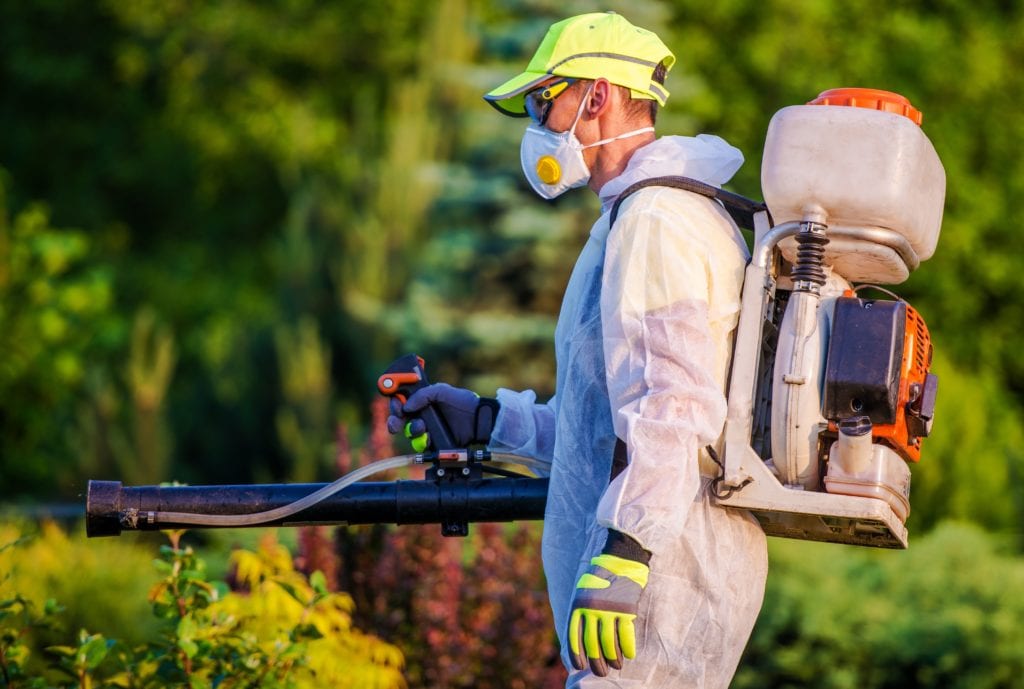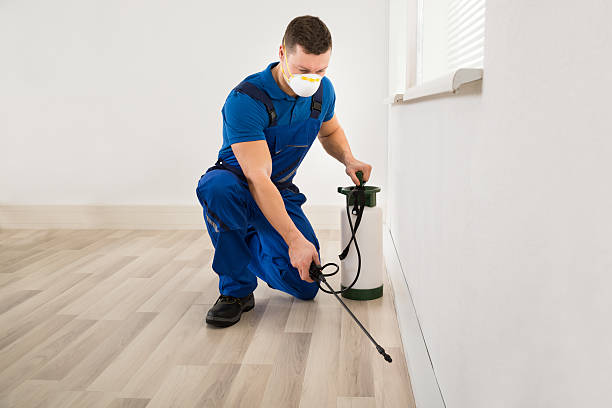Bed Bug Dog Discovery: Detect Infestations Early for Satisfaction!
Wiki Article
Specialist Bug Control Techniques for Long-Term Outcomes
Specialist pest control techniques encapsulate a comprehensive method that starts with a detailed inspection and analysis, complied with by specific pest identification to understand their behavior patterns. The implementation of Integrated Bug Administration (IPM) concepts, combined with eco-conscious treatments, creates the keystone of sustainable pest removal.Inspection and Analysis
Upon getting in a property for parasite control services, the preliminary action is a complete inspection and assessment to recognize the level of the infestation and establish one of the most reliable therapy plan. Specialist pest control technicians are trained to carefully take a look at the facilities, looking for indicators of pest activity such as droppings, nibble marks, nests, or any type of architectural damage. They will certainly likewise analyze the problems that might be drawing in parasites, such as food sources, water leaks, or entry factors.
Parasite Recognition and Actions

Furthermore, recognizing the habits of the determined pest is vital to applying reliable control actions. Understanding where bugs nest, what they feed on, and their activity patterns can help pest control professionals create approaches to remove them effectively. Some parasites might be nocturnal, while others are much more active throughout the day. This knowledge permits for the application of treatments at ideal times for maximum efficiency.
Integrated Insect Administration (IPM)
Integrated Bug Administration (IPM) techniques combine numerous techniques to regulate and avoid pest infestations in a sustainable and ecologically friendly manner. bed bug treatment. By incorporating methods such as organic control, habitat adjustment, adjustment of social techniques, and making use of resistant varieties, IPM intends to decrease the use of chemical pesticidesAmong the key principles of IPM is the focus on prevention. This positive method includes surveillance parasite populaces regularly to discover any type of potential issues before they rise. By recognizing pest issues early on, pest control steps can be applied swiftly and successfully.
Additionally, IPM advertises using non-toxic pest control methods whenever feasible. This can consist of employing natural predators of the insects, presenting beneficial insects, or using scents to disrupt breeding patterns. By minimizing dependence on chemical pesticides, IPM not just protects the setting but also aids preserve an equilibrium in the ecological community.
Environmentally-Friendly Treatments
Carrying out eco-conscious techniques in bug control procedures can successfully deal with infestations while prioritizing ecological sustainability. Environmentally-friendly treatments click here for more concentrate on decreasing the effect of bug control methods on environments, non-target organisms, and human wellness. These techniques frequently entail the home usage of all-natural killers, such as ladybugs or nematodes, to manage pest populations, decreasing the need for chemical interventions. Furthermore, techniques like habitat control, such as readjusting wetness degrees or getting rid of food resources, can help prevent pests without making use of dangerous substances.Another key element of environmentally-friendly treatments is the usage of organic and biodegradable products that break down promptly without leaving dangerous residues in the setting. Botanical insecticides derived from plants like chrysanthemums or neem use efficient pest control while positioning very little risk to non-target varieties. Using techniques like warmth therapies or pheromone traps can target particular parasites with accuracy, lowering the total ecological effect of parasite control practices.
Recurring Monitoring and Upkeep
Continuous monitoring and upkeep are crucial elements of effective insect control management. Ongoing monitoring plays an essential role in ensuring that pest invasions are spotted very early and dealt with immediately. Routine assessments by skilled professionals are necessary to determine any indications of parasite activity, analyze the efficiency of previous treatments, and make adjustments to the pest control plan as needed. By keeping track of pest populations with time, bug control professionals can track fads, prepare for possible problems, and execute preventative measures to lessen the risk of future infestations.
In addition to surveillance, maintenance techniques are essential for lasting parasite control success. This consists of carrying out correct hygiene procedures to get rid of prospective food and water resources for bugs, sealing access factors to prevent parasites from why not try this out going into the properties, and resolving any structural issues that could help with bug infestations (bed bug dog). By including ongoing tracking and upkeep into an incorporated bug management method, companies can ensure a pest-free environment and secure their home versus costly damages and health and wellness dangers
Final Thought
Finally, using professional pest control techniques such as comprehensive inspection and analysis, exact insect recognition and understanding of their behavior, integrated bug administration strategies, environmentally-friendly treatments, and continuous monitoring and upkeep are vital for achieving long-term cause pest control. By implementing these techniques, people can efficiently take care of bug problems and preserve a pest-free atmosphere in a sustainable manner.Report this wiki page